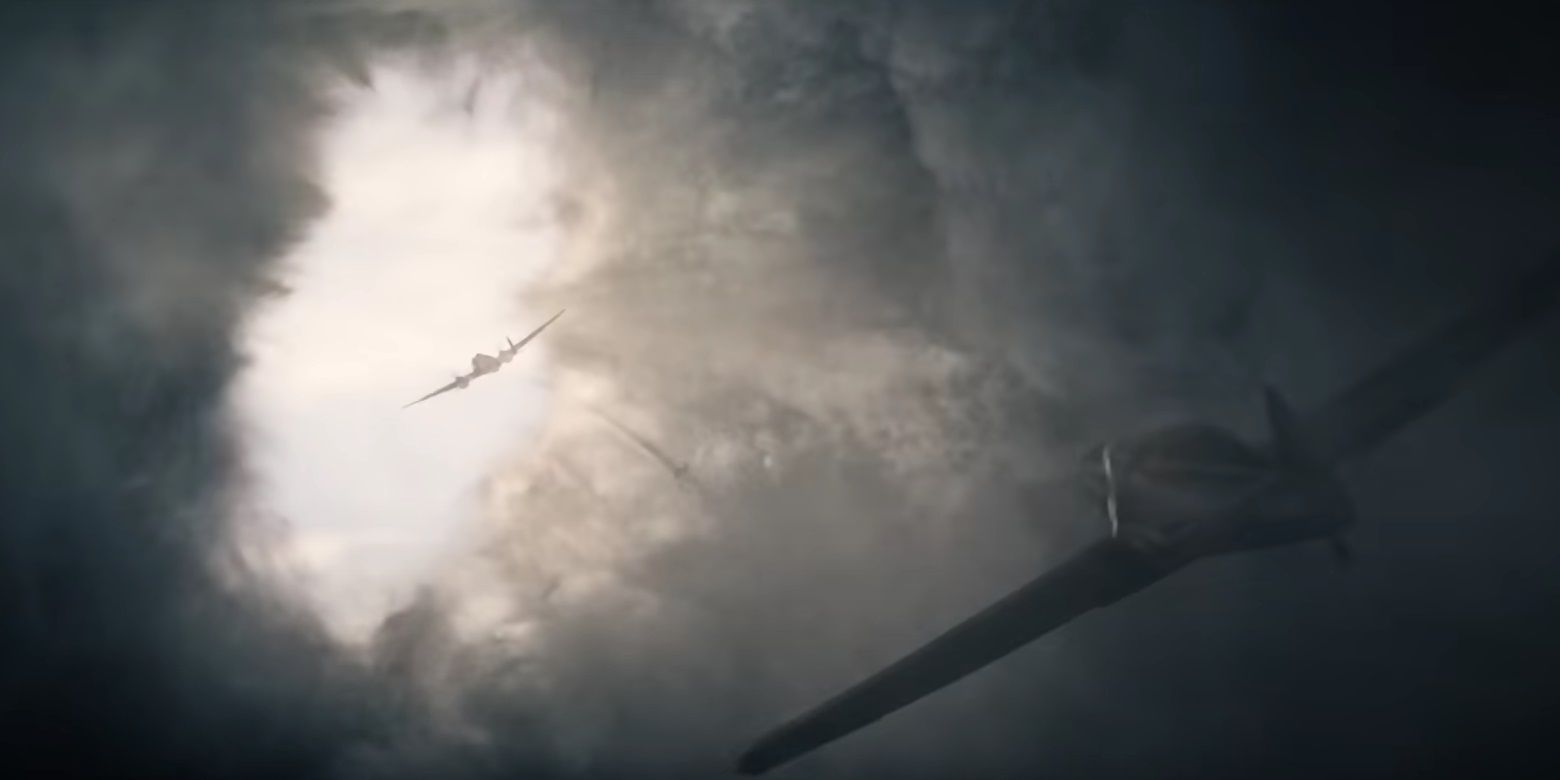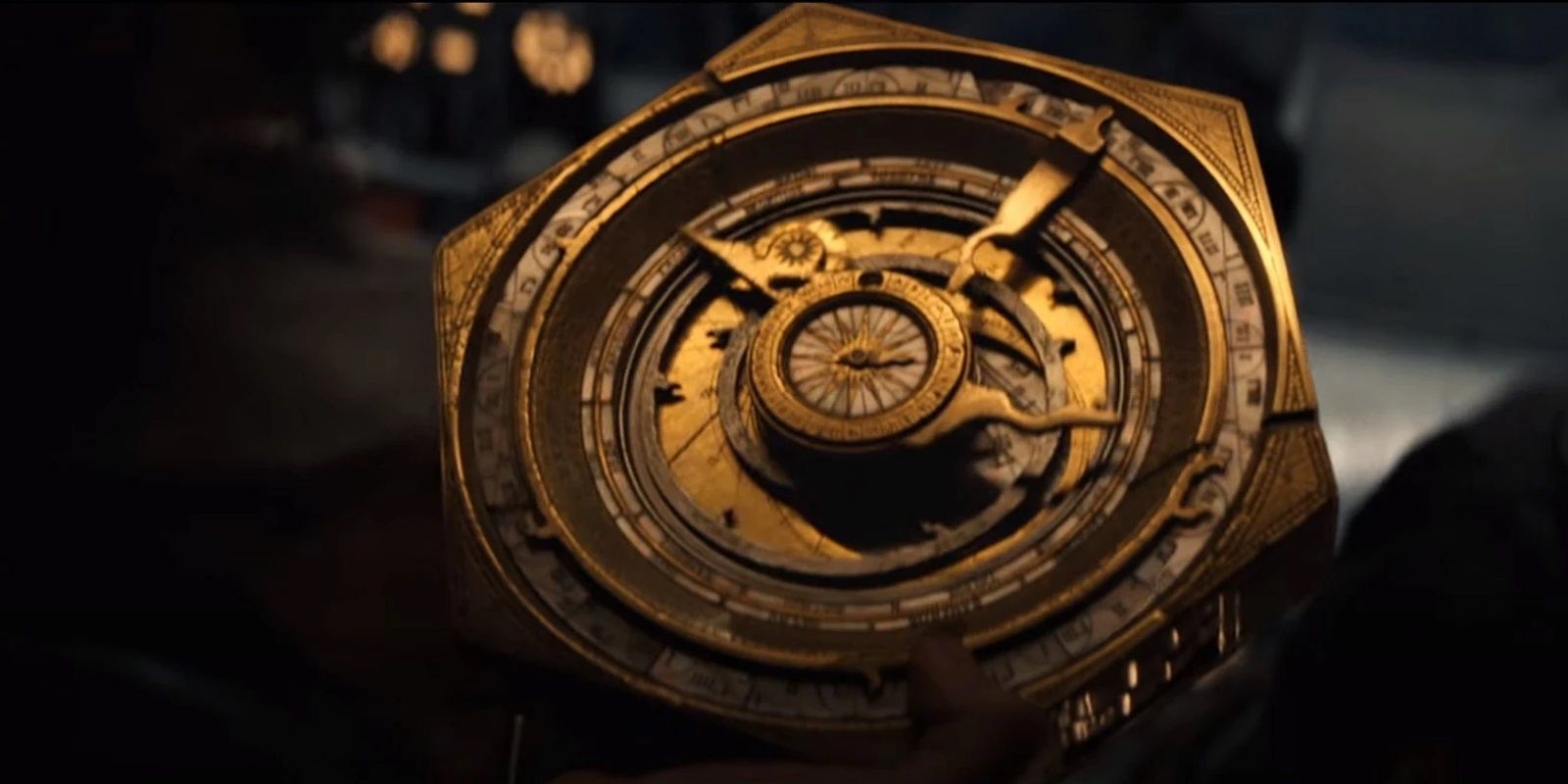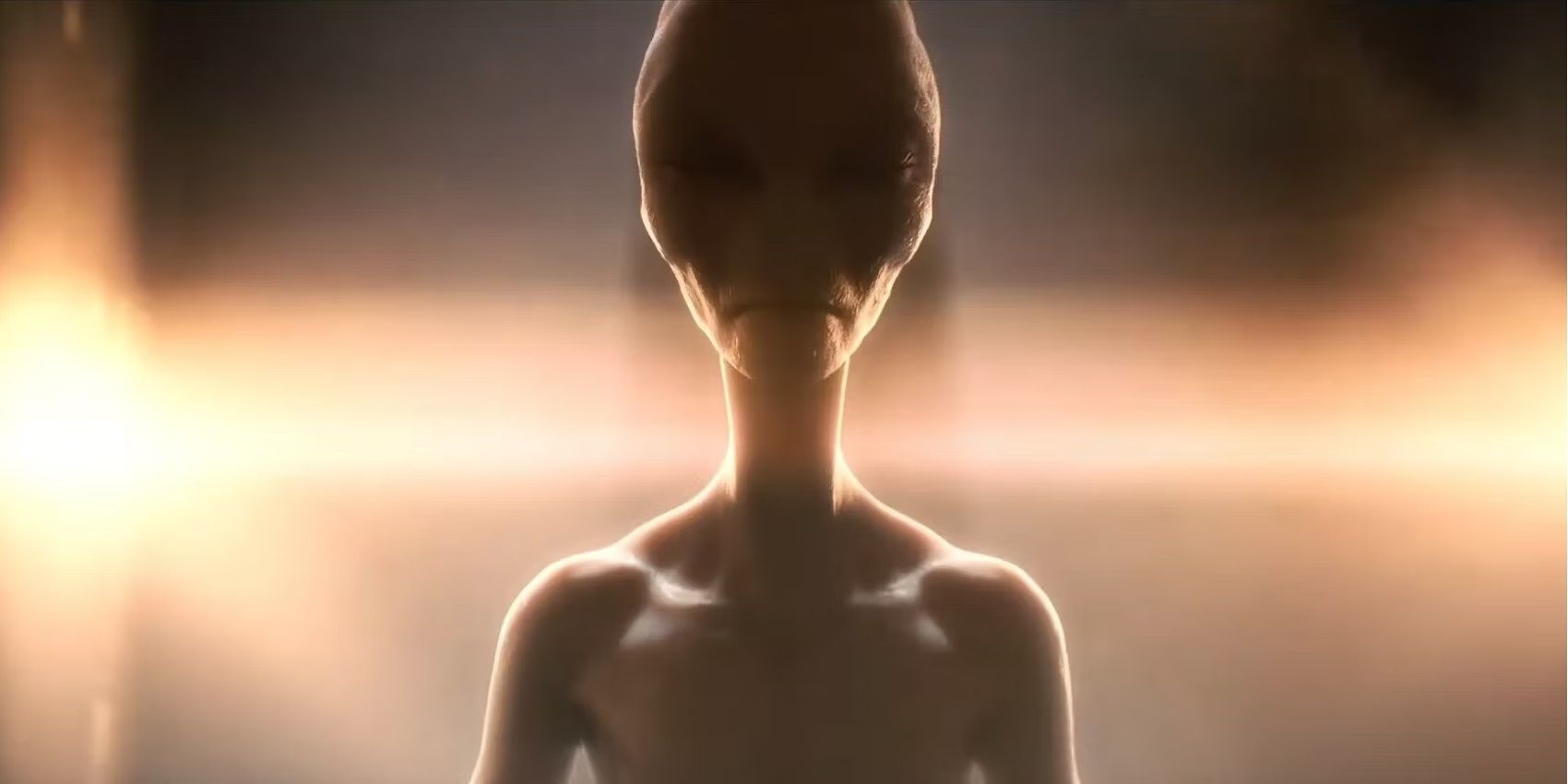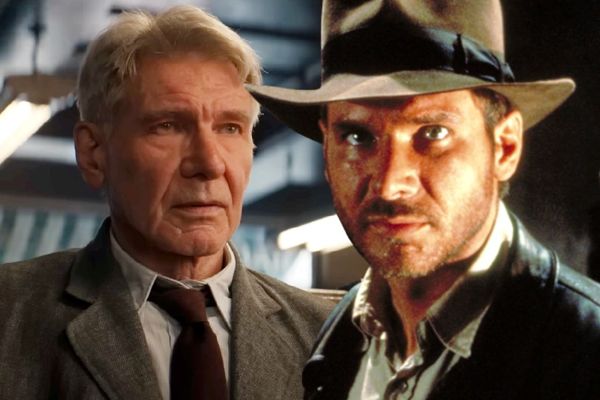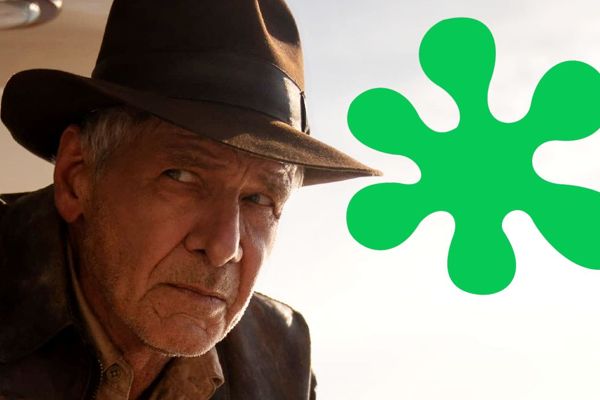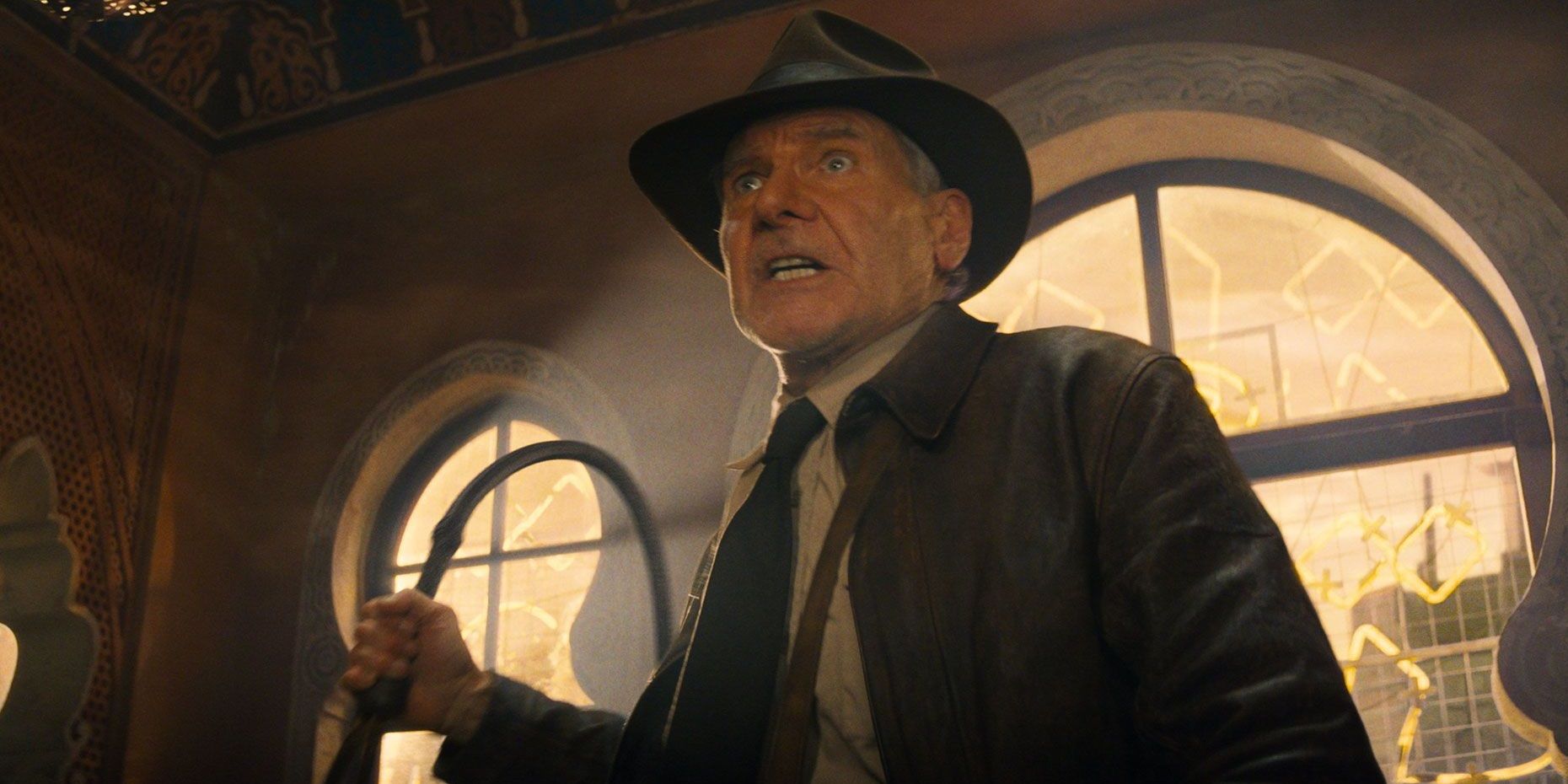
Unraveling the Epic Conclusion of Indiana Jones and the Dial of Destiny: A Mind-Blowing Finale Dissected

The thrilling conclusion of Indiana Jones and the Dial of Destiny introduces a captivating sci-fi element that seamlessly intertwines with the franchise's historical focus, surpassing Crystal Skull's attempt at incorporating aliens
The ending of Indiana Jones and the Dial of Destiny introduces a new sci-fi concept to the Indy-verse, which is more successful than the alien storyline in Kingdom of the Crystal Skull. While not a completely satisfying conclusion to one of the most iconic action heroes in film history, Indiana Jones and the Dial of Destiny is hindered by the fact that Indy already had a perfect farewell in The Last Crusade and another perfect send-off by marrying Marion Ravenwood in Kingdom of the Crystal Skull. The only reason for another Indiana Jones movie was Disney's acquisition of Lucasfilm, seeking a return on its significant investment.
As a classic action adventure, Indiana Jones and the Dial of Destiny excels. Harrison Ford delivers a committed final performance as Indy, with the hilarious Phoebe Waller-Bridge serving as his sidekick and goddaughter, Helena Shaw. Dial of Destiny features thrilling action sequences, such as the horseback chase during a patriotic parade and the tuk-tuk chase through the streets of Tangier. It follows the typical Indiana Jones formula until its climax, which boldly delves into science fiction. Towards the conclusion, Dial of Destiny takes unexpected turns, including a portal to the past opening in the sky and dire consequences resulting from a crucial miscalculation.
What Happens At The End Of Dial Of Destiny?
Indy is captured by the villainous Jürgen Voller at the end of Indiana Jones and the Dial of Destiny. Voller brings him to an old Nazi plane with the intention of using the Antikythera to alter history and ensure Germany's victory in World War II. However, when they enter the time portal, they are unexpectedly transported to the Siege of Syracuse in 212 B.C. where Archimedes had manipulated the dial to seek assistance against the Roman invasion. Voller and his men perish in a disastrous crash when their plane is mistaken for a dragon, while Indy and Helena safely descend using a parachute.
Upon meeting Archimedes himself, Indy decides that he wants to stay in the past instead of returning to 1969. He feels that he doesn't belong in the present and desires to live out his retirement immersed in the ancient history he has dedicated his life to studying. However, Helena, unwilling to let go of her cherished father figure, knocks Indy unconscious and takes him back through the time portal to the present day. This event leads to a heartwarming epilogue, although it feels like a last-minute addition. Marion makes a brief appearance, Helena sets up a potential spin-off, and Indy retrieves his iconic hat from the washing line.
Dial Of Destiny's Time Travel Fits The Franchise's Focus On History
Starting with the content:
Initially, the inclusion of time travel in an Indiana Jones film may seem absurd, bringing to mind the criticisms of using aliens in Kingdom of the Crystal Skull. Going into full-fledged science fiction territory felt out of place for the Indiana Jones franchise. However, unlike aliens, time travel is not a random sci-fi concept that the writers arbitrarily introduced. Though Dial of Destiny doesn't quite succeed with its time travel plot, feeling rushed with time-traveling crammed into the movie's ending, it does align with the franchise's theme of preserving history. Indy's famous line "It belongs in a museum!" resonates because it reflects his passion for history and safeguarding historical artifacts.
A drawback is that Indy's journey to 212 B.C. is disappointingly brief. Allowing Indy to remain in the past, as he desires, would have been a more poetic conclusion. This would have provided a definitive ending to Indy's story without resorting to killing him off. As it is, the possibility for yet another sequel remains open (albeit unlikely, as the existence of Dial of Destiny itself proves). Letting Indy stay in the past to explore the places and encounter the people he has studied throughout his life would have beautifully concluded Indy's journey.
How Dial Of Destiny Succeeds Where Crystal Skull Failed
The time travel plot in Dial of Destiny surpasses the shortcomings of Kingdom of the Crystal Skull. While Kingdom of the Crystal Skull relied on clichéd references to sci-fi films from the 1950s, Dial of Destiny's time travel narrative is driven by its characters, particularly Dr. Jones, and remains focused on his lifelong on-screen odyssey. This aspect makes Dial of Destiny a more gratifying conclusion to the Indiana Jones series than Kingdom of the Crystal Skull. Throughout the series, Indy has always been captivated by ancient history, and ultimately, he becomes an integral part of it.
